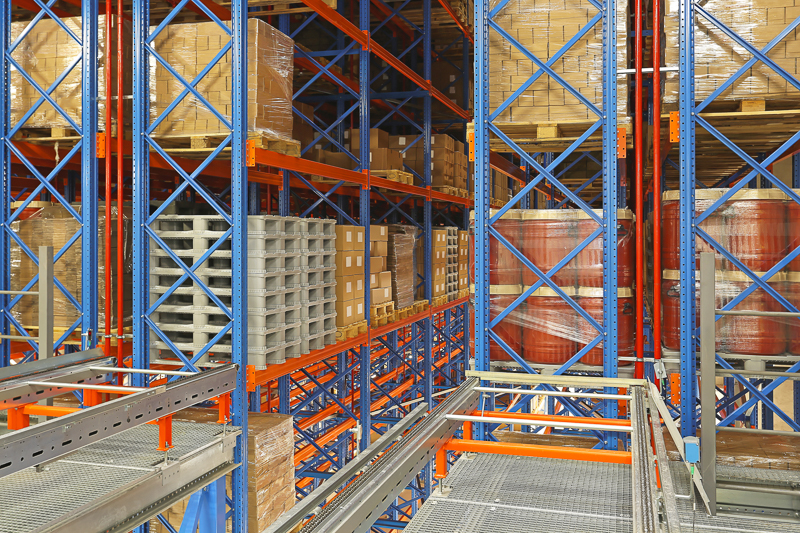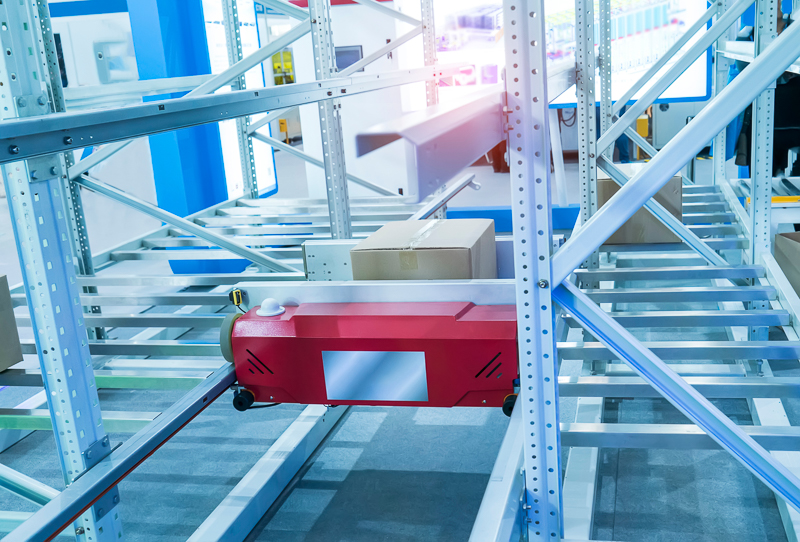
We often hear that automation is the way to go but is that really true? And then there is the other question – is automation a one-size-fits-all solution?
In its simplest form, automation can come in the form of scanners, wireless communications between equipment and warehouse management systems (WMS) etc. But in today’s terms, automation means a lot more than that.
Post COVID-pandemic, the logistics and supply chain landscape has changed and we are faced with a barrage of new challenges – shortage of skilled manpower, changing customer demands and trends leading to higher expectation of delivery cycle time, cost management etc. As we navigate the ever changing demands of the marketplace, many have touted automation as the way to go.
We set out to determine if automation is the only way to go. And in logistics operations, we tend to examine the impact on People, Process and Technology as being the backbone of any operations and how automation might impact these factors.

People
Manpower Cost – In countries where manpower costs are significantly lower and labour is sufficiently available, companies tend to rely more on manual labour. Countries where there are labour shortages, ageing population, higher cost of employment, automation might go some way to alleviate the pain points.
Change Management – In any new implementation, getting change management right is critical. There is a need to involve those impacted so that the company understands the social and ethical implications of such a change. Are the affected staff able to cope with new job scope? Can the company retrain them for higher value-add work? Will the impacted staff be able to adapt to their new role? These are questions that needs to be answered right from the get-go.
Staff Skillsets – Then there is the challenge of having the right staff levels to support the implementation. There is the consideration of whether we have the right people to be project managing the process and also enough bandwidth to manage the change while at the same time continue managing existing business.
Customers – We must also consider the customer requirements and expectations. For instance, as e-commerce becomes ever more time-sensitive, automation might help speed up the fulfilment of products and also reduce the error rate.

Process
Volume considerations – Where volumes are high and more or less constant and tasks are simple, automation might yield the intended benefits. For low volume throughput operations automation may not be necessary.
Product Type – If products are homogenous and regular shaped, automation in the form of ASRS, AGVs or autostores might make sense. And more often than not, operators of cold stores tend to turn to automation for optimal operating efficiency as hiring is difficult and operational safety is of concern.
Product Variability – In a high-volume-low-mix environment, automation seems a good bet. Think a production line for assembly of mobile phones – if the line only makes 1 variation/colour and the daily expected output is 100,000 units, automation makes lots of sense. But for the same volume of 100,000 units per day and the customer wants it in 10 different configurations and 8 different colours, the process is very different as the line change will impact the overall efficiency of the operations. A lot more effort will go into making line changes, switching the materials etc.
Scoping – Even as one embarks on the journey towards automation, the upfront scoping is probably the most important step of all – the wrong first step will bring one down the wrong pathway.
Nature of Operations – Where the operations focus on repetitive tasks day-in-day-out, such processes are more suited for automation whereas those highly customised and complex processes are more difficult to automate.

Technology
This part also includes the equipment and infrastructure on top of the tech portion.
Complexity – While the technology has improved by leaps and bound, the complexity and variability of operations may still be too complex for automation.
Scale & Type of Operations – Then there is the need to consider the scale of the operations and the size of the location. For smaller sized and simpler operations, the need for automation is less critical as the ROI may not justify the investment. With proper Cost & Benefits analysis, companies must be able to evaluate if the benefits far outweigh the costs of automation. Where customer’s products are of higher value and errors are costly, automation may make sense to reduce errors.
Interoperability of Systems – While automated solutions have significantly improved, integrating with and ensuring compatibility with existing warehouse applications may be the biggest stumbling block. Complete redesign of workflow is a possibility and the new technology might need to support such.Space Constraints – Some warehouse useable space may be too small or the shape don’t favour automation. This is another constraint that will hamper any automation initiatives.
We hope this gives you an idea of what to look for when considering warehouse automation. It’s not always the case that automation is the solution. And definitely, warehouse automation is not a one-size-fits-all solution. Automation has to take into consideration the types of products, throughput, space and many other factors.
Speak with one of our logistics and supply chain specialists for a no obligation consult. Contact us at sales@sanbo.ai
